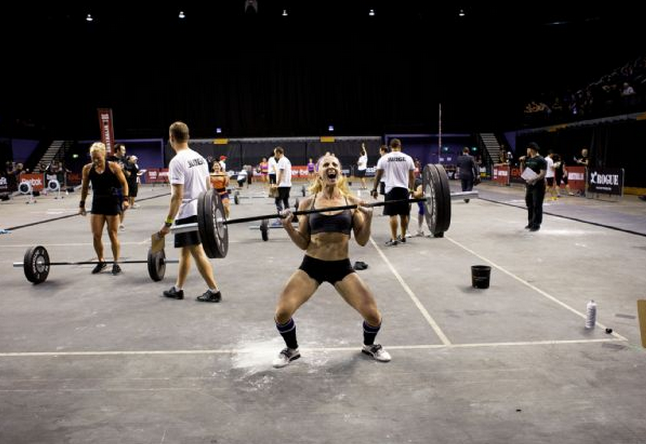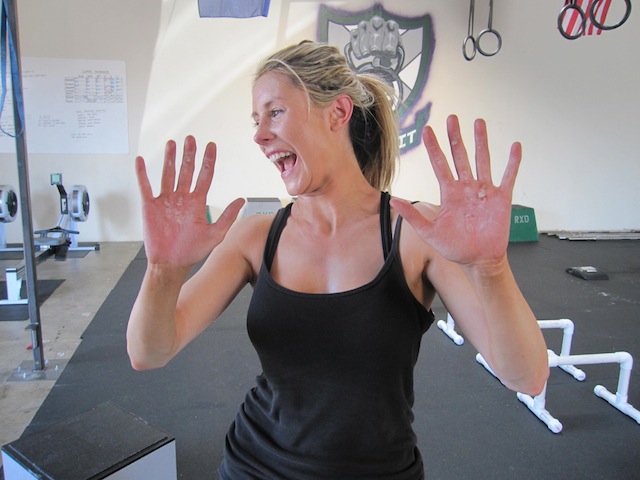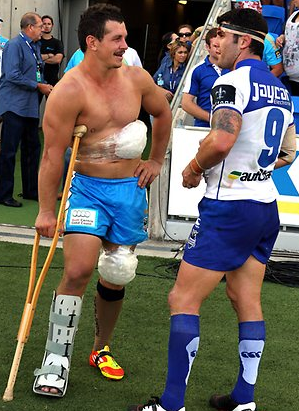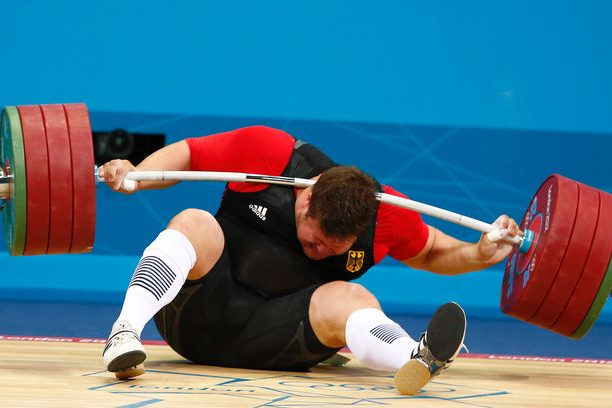Happy New Year! It is this time of year that resolutions get made, and quite often this will involve some sort of exercise resolution.
There are plenty of articles and memes doing the online rounds at the moment poking fun at ‘resolutionists’ clogging the gyms… These do tend to have a certain ring of truth to them, but are perhaps also a little unfair, as we all have to start somewhere!
 But whether you are just checking out this CrossFit thing, or hoping to qualify for the Regionals; the best of intentions can end in tears and frustration when injury strikes… And unfortunately, CrossFit is not a sport free of injury.
But whether you are just checking out this CrossFit thing, or hoping to qualify for the Regionals; the best of intentions can end in tears and frustration when injury strikes… And unfortunately, CrossFit is not a sport free of injury.
Injuries are often a function of intense training, poor form (this can be for a number of reasons), inadequate knowledge and skill level, fatigue (either on the day or cumulative, and a ticking clock), and, generally occur gradually over a period of time.
All theses variables are actually quite easily influenced, meaning that injuries are often preventable if a little common sense is applied. I wouldn’t be surprised if you have heard all these things before.
However, I find I need to be constantly reminded, especially when chasing a goal as I’m just as guilty as most of my clients of ignoring the early signs, and pushing the limits until I get to a point where I have to stop to allow myself time to heal (yes even though as a physio I should and do know better). Surely it is better to achieve something a week later than to be sidelined by injury…
So here it is, my common sense idiots guide to preventing running injuries:

Australian CrossFit Regionals
1. Don’t do too much too quickly:
I hit this one first for a reason. It’s the most common rookie error, but can also be just as big a problem for seasoned CrossFitters. The vast majority of injured CrossFitters (or any athletes for that matter) that I see have simply increased their training too quickly.
Whether it is increased intensity or a change in type of training, increased frequency of training (and consequent decreased recovery) or increased load. All of these things are an increase in overall load on the muscles and the body where the body needs time to adapt and build strength accordingly.
So how do you increase your training safely? Well this is different for everyone (I know, it’s the most frustrating answer I could have given you) because everyone is starting at a different place in their training and is trying to achieve different things. To make matters even more difficult, different people will respond differently to training stimuli.
So unfortunately, there is no one size fits all training program, the best generic response is gradually work your way up to achieving your set goals, under the guidance of someone who knows what they are doing. Preferably this person has written a program for you that is matched with your goals, abilities, and training responses (hot tip – find yourself a good, well educated coach).

2. Know your limits:
Whatever your goal and training plan (and if you don’t have a plan, make one), ensure that you build in recovery. This is important for two reasons, firstly, fatigued muscles are not able to perform at their best, ultimately resulting in altered mechanics. Changed mechanics leads to overload of other structures that are trying to compensate for the fatigued muscles, which they are not designed to be doing, ultimately causing injury.
 The second reason that recovery is important is to allow the muscles to heal and strengthen. Strengthening and adaptation of muscles to any given load occurs after the load has been applied. Take ‘Grace’ for example; during the workout your muscles are busy working to actually move the bar through a clean and jerk. Following the workout, if given the opportunity, the muscle fibres will heal and recover and adapt to what they have just been asked to do in preparation for the next time they are asked to do the same thing (in the presence of adequate hydration and nutrition – a whole other article in itself).
The second reason that recovery is important is to allow the muscles to heal and strengthen. Strengthening and adaptation of muscles to any given load occurs after the load has been applied. Take ‘Grace’ for example; during the workout your muscles are busy working to actually move the bar through a clean and jerk. Following the workout, if given the opportunity, the muscle fibres will heal and recover and adapt to what they have just been asked to do in preparation for the next time they are asked to do the same thing (in the presence of adequate hydration and nutrition – a whole other article in itself).
Recovery can, and should, be tackled in two ways. Active recovery can be built into your training plan. This refers to changing the loading and stimulus placed through the muscles, and good programming will be based around this. It is equally important to have rest days built into your program, again there is no hard and fast rule as to how often because everyone has different training needs, and responds differently to their training.
I would generally suggest 1-2 days per week of rest, but it might be a trial and error process to determine what you respond best to. Part of your recovery should include paying attention to tight and painful muscles, and releasing them accordingly.
MobilityWOD is a great online resource that can help you with this, however if you are not sure what you are doing, or why something is becoming a problem for you, an appropriately trained (at least two years of study to become qualified) and experienced massage therapist can help by identifying and rectifying any little niggling problems and tightnesses that might be building up in the muscles. It is important to address them before they become too problematic. Its also a great way of making sure you are keeping yourself in good condition if you tend to “run out of time” for mobility at the end of your session.
 3. Listen to your body:
3. Listen to your body:
This is me on my soapbox. If it hurts, fix it early! Don’t leave it for 2-3 months. The longer you leave a problem, the harder it is to fix as you have to deal with any compensatory changes in mechanics (and likely secondary injuries due to changes in mechanical loading) as well as the injury itself.
In addition, our body is actually quite good at fixing itself, we have an injury, followed by an inflammatory reaction which kickstarts the healing process, and addressed early most injuries heal relatively quickly.
If an injury and inflammation become chronic this leads to changes in the integrity of the tissue structures which ultimately weaken and make it harder for the tissues to heal effectively. This is part of the reason injuries that have been around for a while tend to take much longer to heal properly, and will require you to modify your training (and usually require more severe restrictions) for a longer period of time.
A good rule of thumb is if something has been a problem for more than a week, or if you are compensating, and changing your technique because of injury, you need to get it looked at. Now. Please.
4. Mobilise Adequately:
Cold muscles are not elastic (stretchy), they don’t move well when stiff and sore. A warm muscle can stretch much better than a cold muscle, lowering the risk of injury. Warm-up routines should include dynamic stretching and movements that take the joints and muscles through their range of motion. This primes the body for the demands of the workout ahead. For those who have specific weak points or areas prone to tightness, targeted stretching can be particularly beneficial.
Remember, tools like foam rollers and lacrosse balls can aid in this process by helping to release tension in the muscles and fasci .In addition to warming up, wearing supportive gear such as a neoprene knee sleeve with open patella can provide stability and support to vulnerable joints. This can help prevent injuries, particularly during heavy lifting or high-impact movements.


















Follow Us